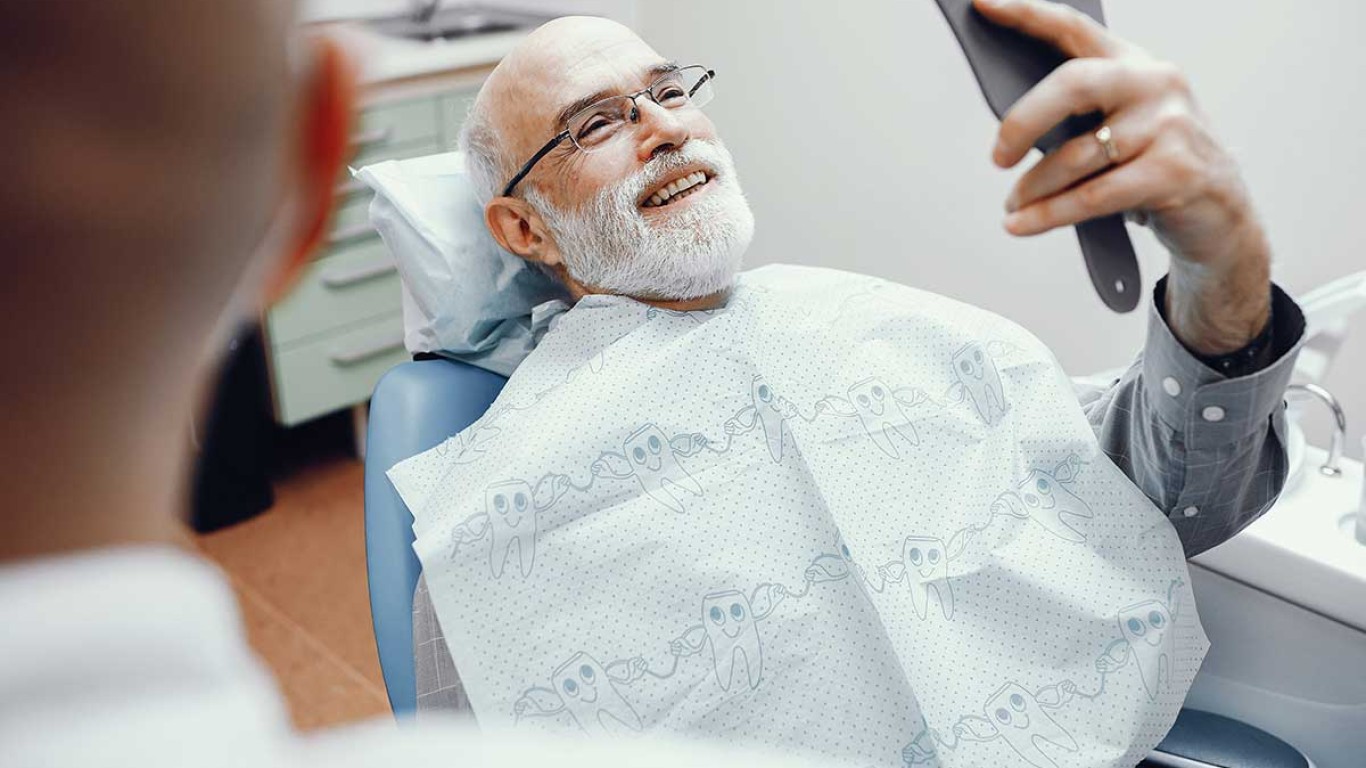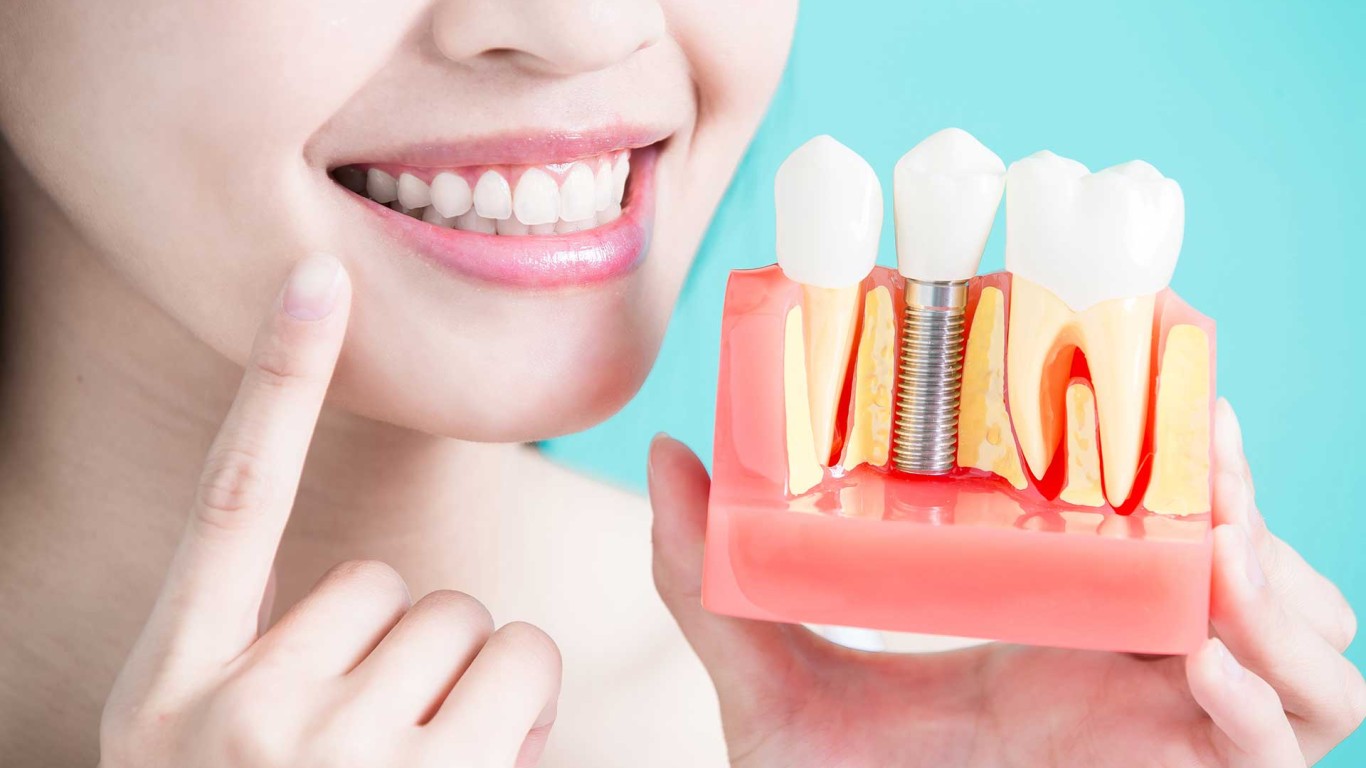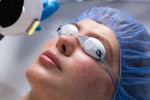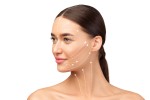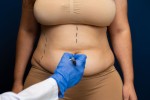Introduction
When traditional dental implants aren’t possible due to severe bone loss, zygomatic implants provide a reliable alternative. They anchor into the cheekbone rather than the jaw, offering strong stability and natural-looking results. Consequently, they’ve become an excellent solution for patients who have struggled with conventional implant options.
What Are Zygomatic Implants?
Zygomatic implants are titanium posts placed into the zygomatic bone, also known as the cheekbone. Unlike standard implants that require adequate jawbone density, these attach directly to the cheekbone, which is denser and more stable. Therefore, they eliminate the need for bone grafting in many cases.
The procedure may sound complex, but it is performed with precision using advanced imaging technology. The goal is to restore the patient’s ability to chew, speak, and smile confidently. Additionally, the results are immediate in most cases. This allows patients to enjoy a renewed sense of comfort and confidence.
Who Needs Zygomatic Implants?
Not every patient needs zygomatic implants. They are particularly recommended for those who have severe bone loss in the upper jaw. This condition often follows tooth loss, prolonged denture use, or trauma. Those who have undergone failed dental implant attempts may find zygomatic implants an ideal alternative.
Dentists generally recommend them when bone grafting is either impossible or unlikely to succeed. Patients with conditions such as osteoporosis may also benefit since the cheekbone provides a stronger foundation.
How Are Zygomatic Implants Placed?
The procedure is performed under general or local anaesthesia for comfort. Firstly, the surgeon maps the facial structure using detailed 3D scans. Secondly, the implants are carefully inserted into the cheekbone at precise angles. Finally, a temporary bridge is attached, offering immediate function and aesthetics.
The surgery takes longer than standard implant procedures due to the bone’s density. However, recovery tends to be smooth and discomfort is manageable. Vitally, patients can often resume normal activity within a week.
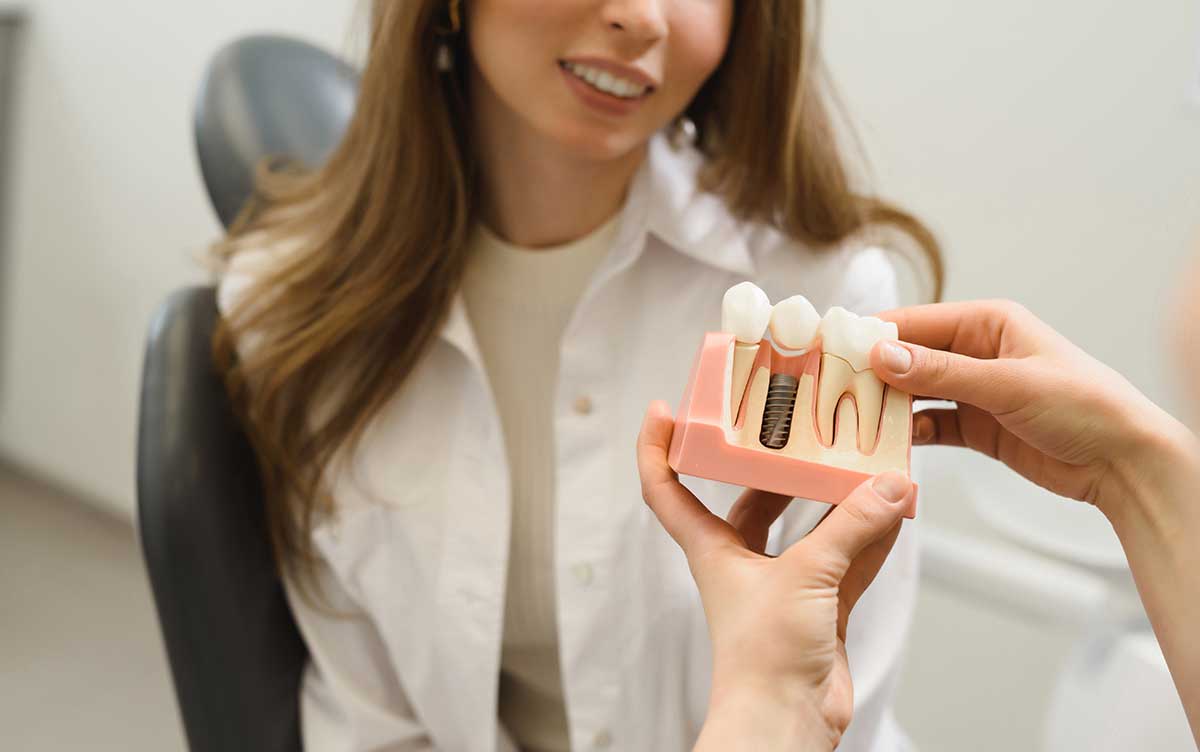
Benefits of Zygomatic Implants?
The biggest benefit of zygomatic implants is that they bypass the need for bone grafting. This reduces both treatment time and overall recovery. Furthermore, they provide immediate support for prosthetic teeth. So patients regain function almost straightaway.
Another advantage is longevity. Because the zygomatic bone is dense, these implants integrate securely and last for many years. Additionally, they improve facial structure and prevent further bone loss, helping to maintain youthful contours.
Patients also experience improved oral comfort compared to dentures. Unlike removable options, zygomatic implants remain firmly anchored, eliminating the inconvenience of slipping or discomfort.
Zygomatic Implants vs Traditional Implants
Traditional dental implants depend on the jawbone for support. If the bone is too thin or weak, grafting becomes necessary. Zygomatic implants, on the other hand, are anchored in the cheekbone, which rarely loses volume.
As a result, patients with minimal bone density can achieve permanent results without multiple surgeries. Additionally, recovery is often quicker and more predictable. Hence, for patients who were told they are unsuitable for standard implants, zygomatic implants offer hope and practical restoration.
Conclusion
Zygomatic implants offer a life-changing solution for those with severe bone loss who have struggled with traditional implants. They provide stable, long-term results, allowing patients to smile and eat confidently again. Vitally, choosing Turkey for the procedure offers quality care and value for money.
If you’re thinking about dental implants, find more information at the ACIBADEM Beauty Center Dental Implant page.
Frequently Asked Questions
They are made from high-grade titanium, ensuring durability, strength, and compatibility with the body.
With proper care, zygomatic implants can last 20 years or more, often for a lifetime.
Anaesthesia ensures comfort during the procedure, and any postoperative discomfort is easily managed.
Yes, they are often combined with All-on-4 or All-on-6 techniques for full-mouth restoration.
Most patients can resume a soft diet within a few days and return to normal eating shortly afterwards.

